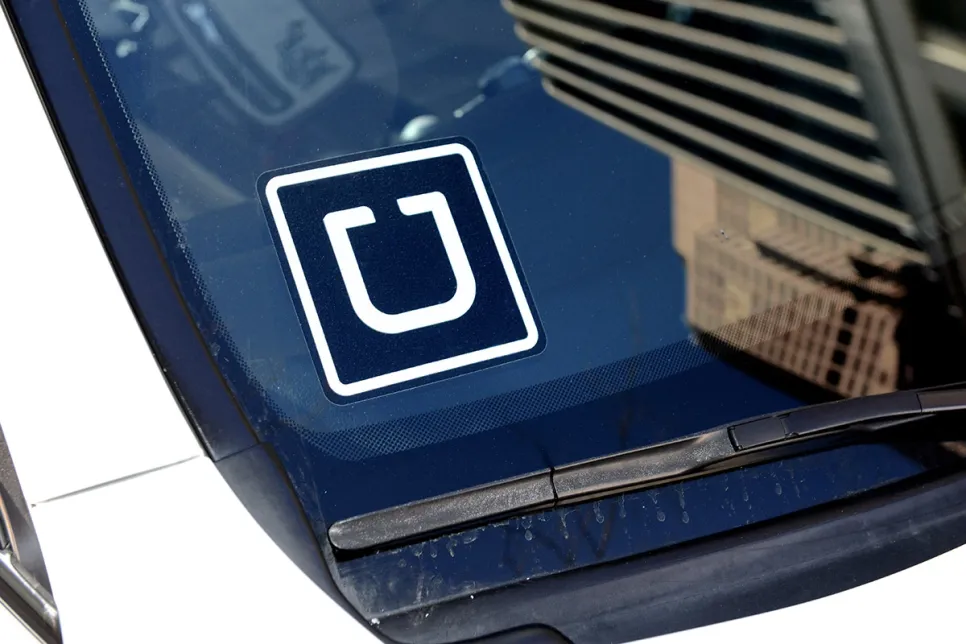Uber’s revenue growth slowed and losses persisted in the fourth quarter, casting a possible shadow over the company as it prepares for a public offering this year, according to Bloomberg.
Losses were down 15 percent for the full year over 2017, but still reached an adjusted $1.8 billion. That could pose a challenge to investors trying to figure out Uber’s value in the public markets. Last year, bankers vying to lead the company’s initial public offering told Uber the market could value it at $120 billion. News that the company is still burning through more than $1 billion annually may give some investors pause.
Like many unicorns, San Francisco-based Uber is emphasizing growth over profits. The company is investing aggressively in food delivery, logistics, electric bikes and self-driving cars. Last year, Uber bought Jump Bikes to help with its new mobility efforts, and it has a $1 billion budget for such projects this year.
Despite those investments, in the fourth quarter sales didn’t grow as fast as they have in the past. Of the $11.4 billion in net revenue the company generated in 2018, $3 billion came in the last three months of the year, up only 2 percent from the previous quarter. That puts the company’s year-over-year quarterly growth rate at 25 percent. That’s high by many standards, but significantly lower than Uber’s third quarter year-over-year growth of 38 percent, a growth rate that was itself only about half the rate of six months prior.
As it released the numbers, Uber touted the rising use of its app around the world. “Last year was our strongest yet, and Q4 set another record for engagement on our platform," Uber CFO Nelson Chai said in a statement. "In 2018, our ridesharing business maintained category leadership in all regions we serve.“ Chai also said the company’s trucking business, Uber Freight, had “gained exciting traction in the U.S.“ and that its fast-growing food service, Uber Eats, “became the largest online food delivery business outside of China, based on gross bookings.“
While the data provides a window into Uber’s operations, there are still plenty of ways to look at Uber’s massive cash burn, and some financial details are still opaque. For example, Uber had a tax windfall in the fourth quarter that it didn’t explain, but that was responsible for reducing its fourth quarter losses from $1.2 billion to $865 million, according to generally accepted accounting standards.
A worrying sign for investors scrutinizing the company’s financials is that Uber’s share of money from customer payments has been shrinking. The company generated $50.2 billion in gross bookings in 2018. But in Latin America, Uber is dropping its fees on drivers in order to fend off competitors. And rides in the U.S. have been less profitable than Uber expected thanks to sustained competition with competitor Lyft. Of course, its margins would improve if Uber begins to take a larger share of fares.



















